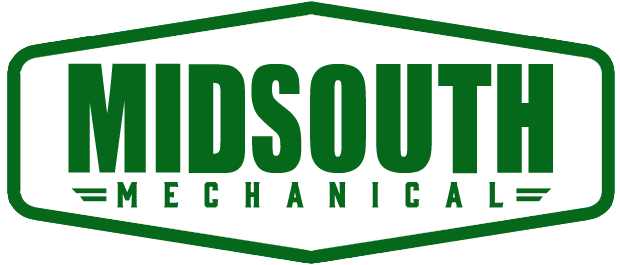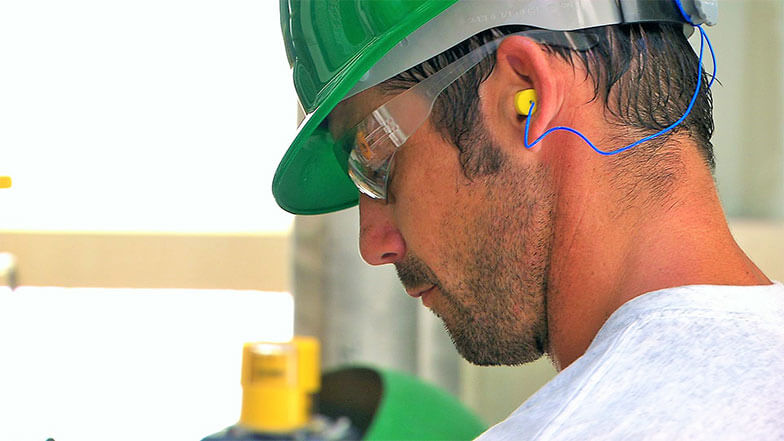Hearing protection is essential when noise exposures can’t be controlled at their source. Both earplugs and earmuffs provide a physical barrier that reduces inner ear noise levels and prevent hearing loss from occurring. However, people often resist wearing these or use them incorrectly.
Employees resist wearing hearing protection more than any other type of personal protective equipment. One reason is, they don’t think they really need it. But hearing loss occurs so gradually that by the time you notice it, irreversible damage has already occurred. Another reason for not wearing hearing protection is that it can feel uncomfortable. Sometimes workers cut off the inner portion of ear plugs leaving only the outer end to fool their supervisor. If you feel the need to do this, see your supervisor about obtaining a different type or style that fits you correctly and comfortably.
Slight initial discomfort may be expected when a good seal between the surface of the skin and the surface of the ear protector is made. The amount of protection you obtain depends on obtaining a good seal and even a small leak can substantially reduce the effectiveness of the protector. Remember to check the seal several times each day. Protectors, especially ear plugs, tend to work loose as a result of talking or chewing and must be resealed occasionally.
Properly designed, fitted, and clean ear protectors will cause no more discomfort to most workers than wearing a pair of safety glasses. Earplugs are made of soft material such as neoprene to prevent injury to the ear canal. Skin irritations, injured eardrums, or other adverse reactions from using ear plugs are very rare if they are kept reasonably clean and worn appropriately.
There are many different styles, types, and brands of ear protectors available, but when correctly fitted, they all provide similar levels of protection. The best hearing protector for you is one that fits correctly so that you can wear it properly. Value your hearing, protect your ears!


